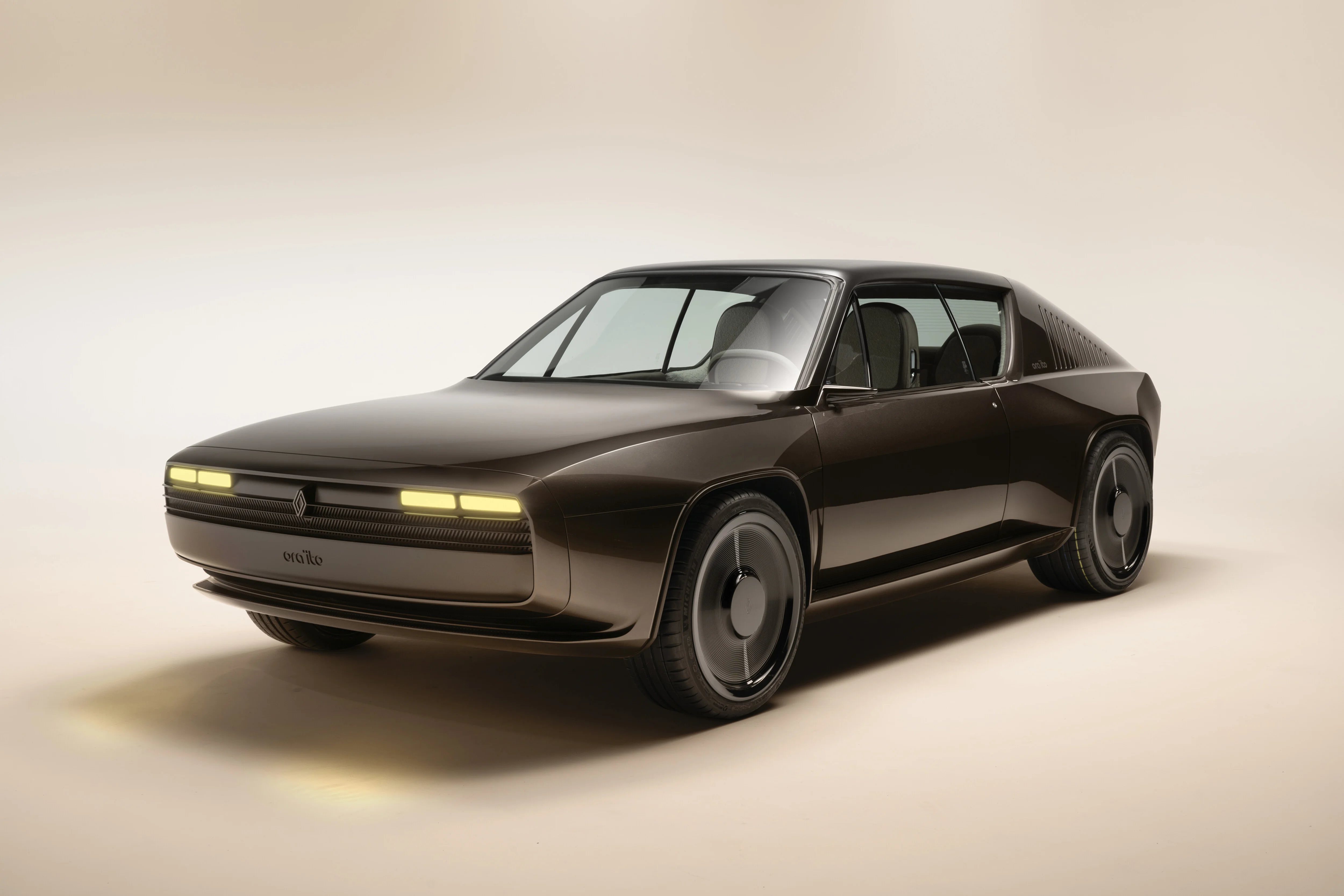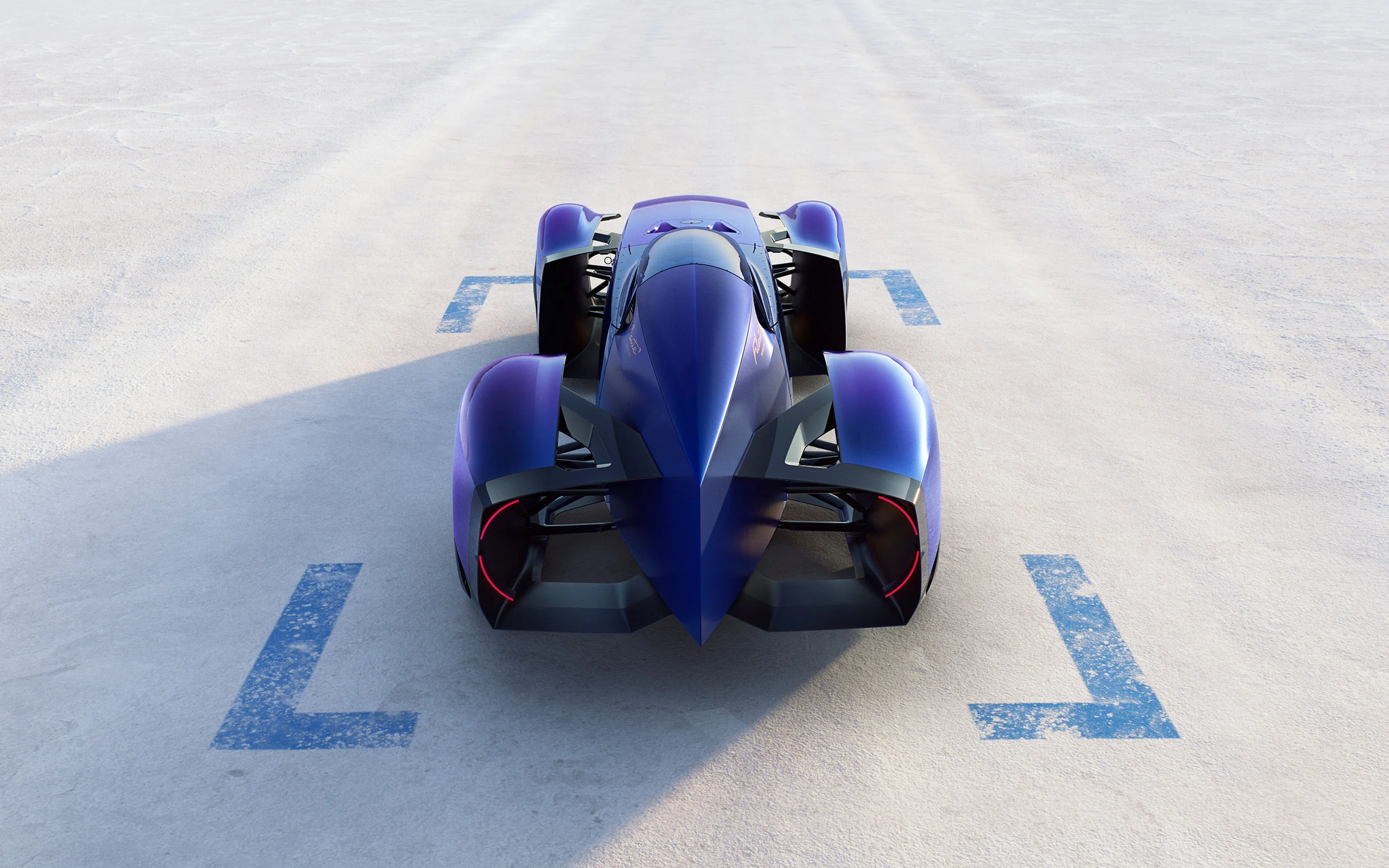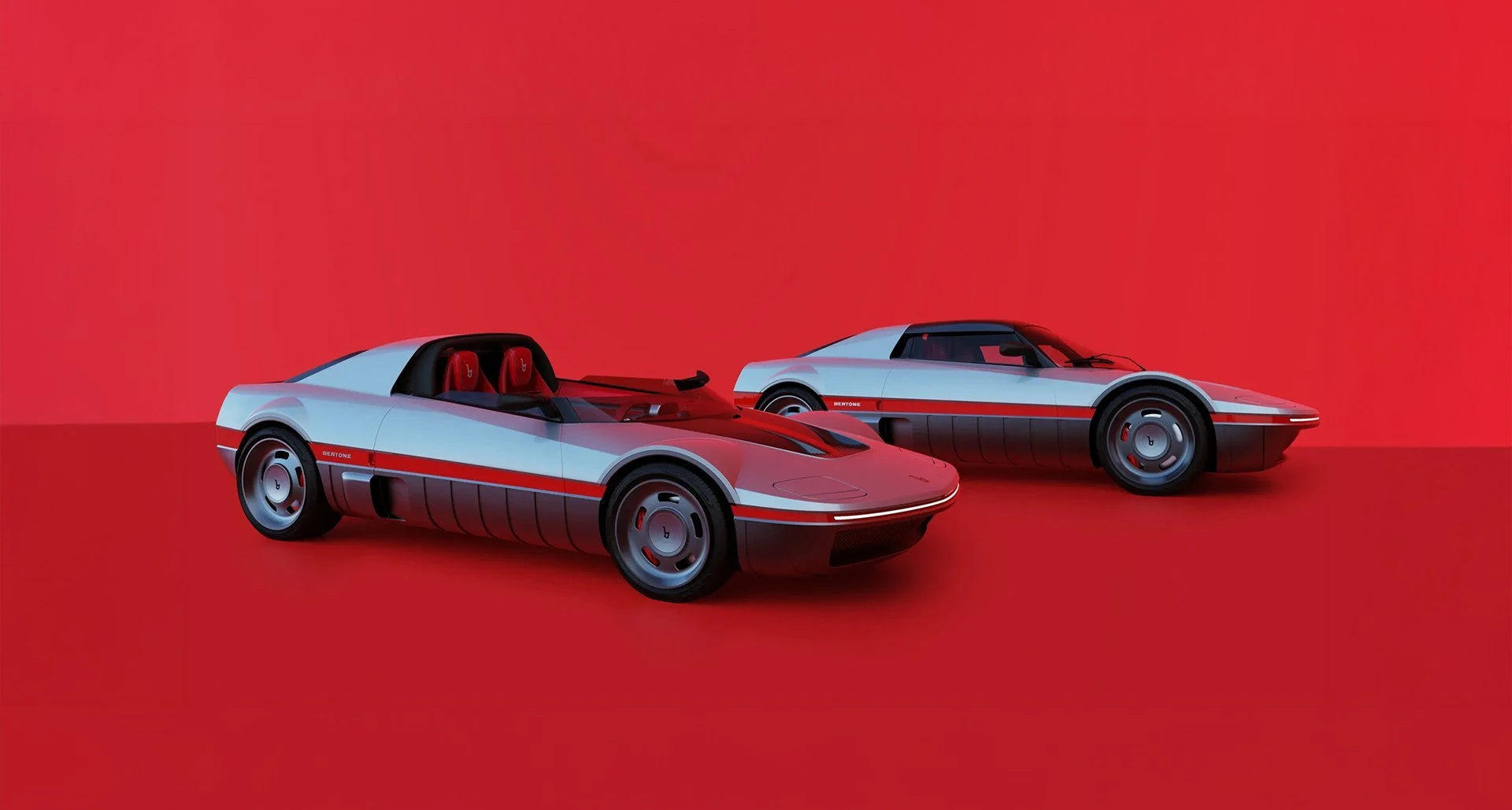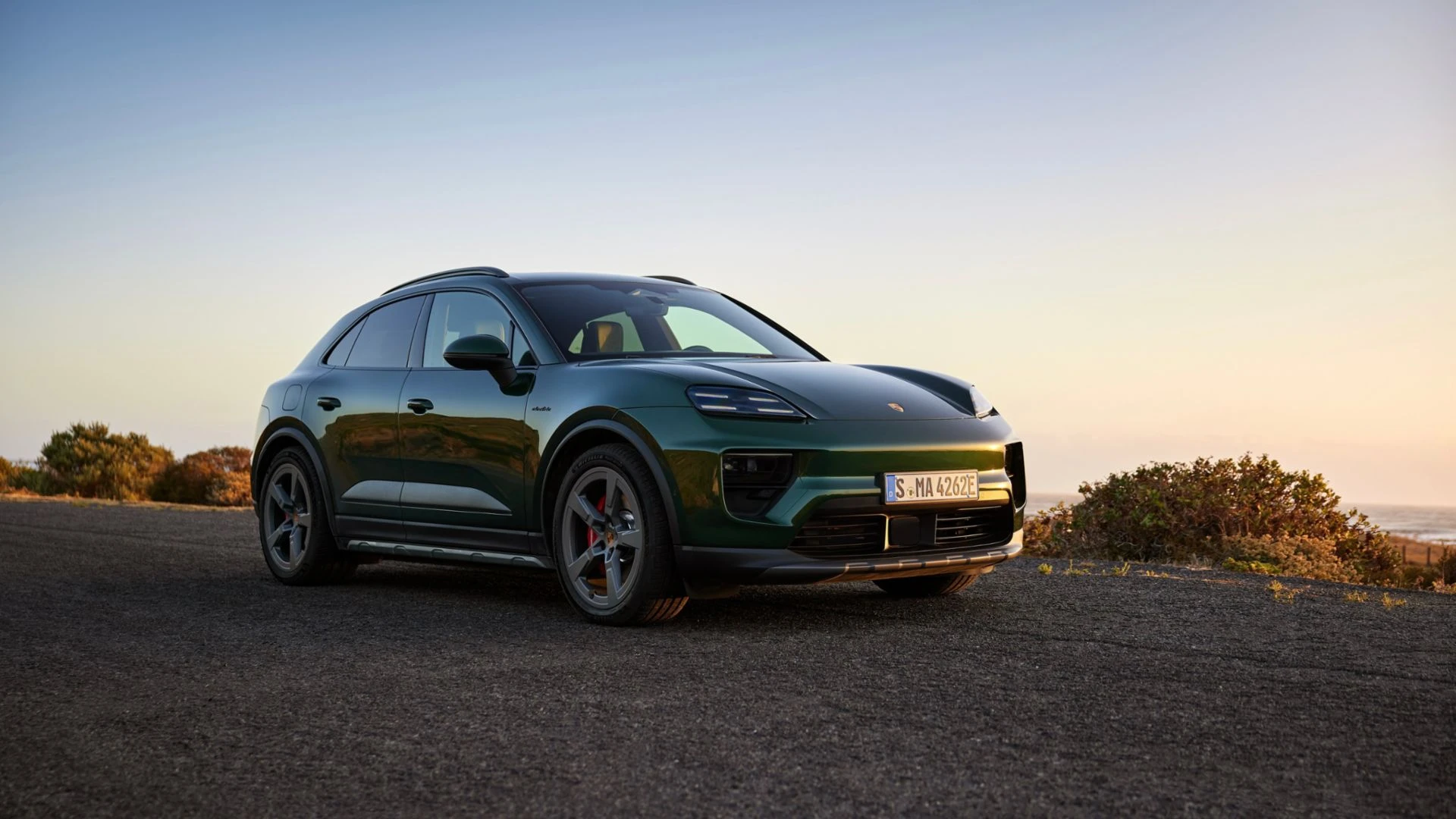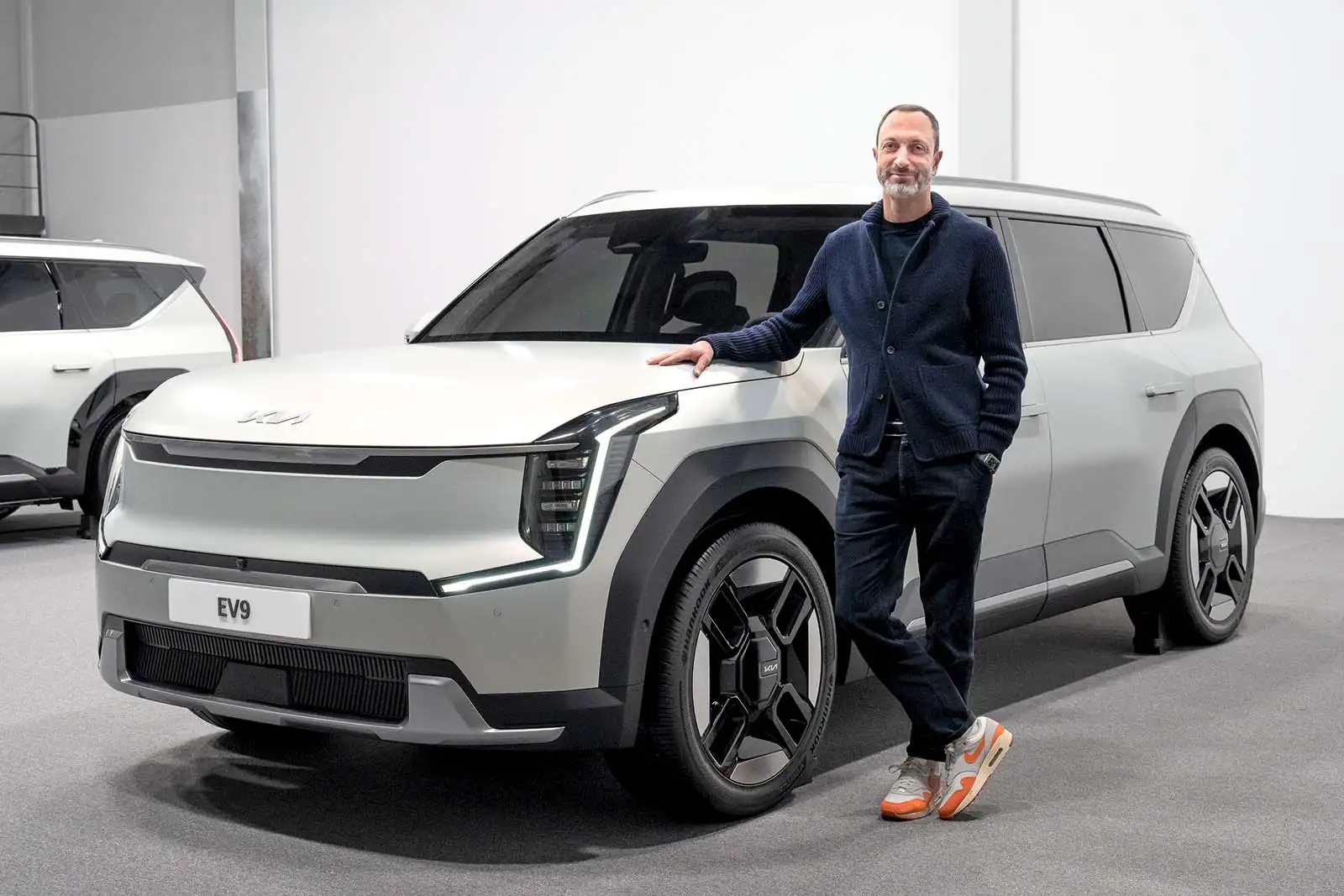Ferrari has once again raised the bar with its latest limited-run hypercar, the F80. A successor to legendary models like the F40, LaFerrari, and GTO, the F80 continues Ferrari’s tradition of blending cutting-edge technology with timeless design. With only 799 units set for production, the F80 promises to stand as one of the most exclusive and thrilling supercars in Ferrari’s storied history.

Powertrain: Hybrid Innovation Meets Unmatched Performance
At the heart of the F80 lies an incredible hybrid powertrain, which pushes the boundaries of internal combustion and hybrid technology. Built on a carbon-fiber chassis, the F80 is engineered for those who demand track-ready capability combined with road-legal performance.
The hybrid system delivers staggering power and torque, ensuring a driving experience that is both intense and refined. Thanks to Ferrari's latest active suspension system, high-performance aerodynamics, and a low-slung profile, the F80 promises unrivaled handling and ride quality, taking Ferrari's engineering to new heights. Every detail, from aerodynamic solutions to lightweight materials, is meticulously designed to ensure that every ounce of power is maximized.

Design: A Visionary Fusion of Past and Future
Under the direction of Flavio Manzoni, Ferrari's design team has created a radical, futuristic vision for the F80. The car’s design represents a perfect fusion of Ferrari's legacy and its future aspirations. Drawing inspiration from Ferrari's F1 lineage, the F80 adopts an architectural, high-tech aesthetic that blends functionality with elegance.
The dihedral cross-section of the F80’s exterior is a direct nod to aerospace engineering, while the cockpit-forward design evokes the essence of a single-seater race car. This layout optimizes the car’s rear-wheel drive while streamlining the airflow for maximum downforce and stability.
The F80’s side profile is defined by a muscular rear wing, seamlessly integrated into the wide, sculpted tail. This design element pays tribute to the legendary F40, while the vertical panels in the front wheel arches mix tradition with innovation. The “floating bubble” cabin is 50mm lower than the LaFerrari, contributing to the F80’s aggressive stance and emphasizing its aerodynamics.

Futuristic Front: A Bold Statement
One of the most divisive aspects of the F80's design is its front face. The visor-like headlamp housing adds a futuristic, even robotic quality to the car, which marks a stark departure from Ferrari's more traditional fluid, organic design seen in recent models like the Roma and Purosangue. Some enthusiasts may find this sharp, angular design a bit too radical, especially when compared to Ferrari’s classic curves and flowing lines. However, the F80's aggressive look and aerospace-inspired design are a clear reflection of Ferrari’s commitment to pushing performance and aesthetic boundaries.
Dynamic Rear and High-Tech Interior
The rear of the F80 is dynamic, featuring a mobile wing that adjusts between stowed and deployed positions, optimizing aerodynamics based on driving conditions. The taillights are integrated into a layered structure that enhances the car's racing-inspired aesthetic, and NACA ducts direct airflow toward the engine and radiators, reinforcing its technical appeal.
Inside, the F80's cabin takes inspiration from single-seat race cars, offering a “1+” configuration. The driver’s seat is the focal point of the interior, while the passenger seat is slightly rearward, contributing to aerodynamic efficiency and reducing the car’s frontal area. Despite its compact interior, the offset seating layout ensures comfort for both the driver and passenger—a rare feature in hypercars.
The steering wheel is another innovation, designed with physical buttons replacing the touch-sensitive controls found in recent Ferrari models. This tactile setup enhances performance-oriented usability, allowing drivers to maintain full control at high speeds. The steering wheel’s flattened top and bottom sections also improve visibility and grip, ensuring a more focused and engaging driving experience.

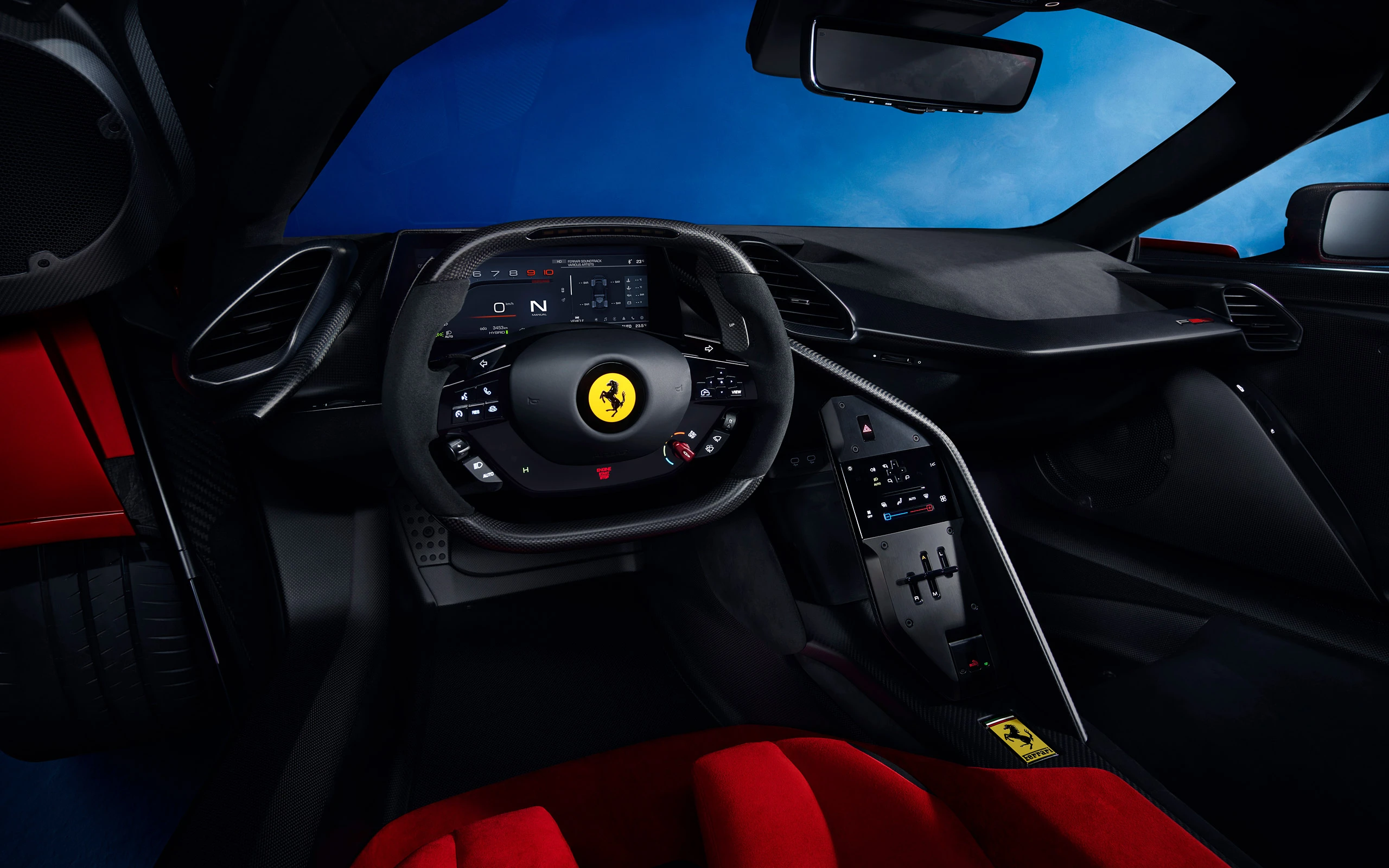
Does the F80 Mark a Departure from Ferrari's Design DNA?
The F80’s design represents a radical shift from Ferrari’s recent vehicles. While the brand’s more organic designs, like the Roma and Purosangue, are known for their fluidity, the F80 adopts a hyper-functional, angular look that is almost aerospace-inspired. This departure from Ferrari’s more refined elegance is sure to split opinions among enthusiasts.
Some may miss the soft, flowing lines of Ferrari's traditional design language, while others will embrace the F80’s bold, future-focused aesthetic. It does not carry the “Parametric Pixel” elements of the SF90, instead forging an entirely new visual identity. The F80 leans heavily into angularity and functionality, prioritizing performance over purely aesthetic beauty.
Conclusion: Innovation Over Tradition
The Ferrari F80 is not just another hypercar—it's a bold statement that underscores Ferrari's dedication to pushing the boundaries of both design and performance. With cutting-edge hybrid technology, aerodynamic advancements, and an entirely new design philosophy, the F80 is set to be a landmark model in Ferrari’s history.
Whether or not the F80’s futuristic design resonates with Ferrari purists, it’s clear that Ferrari has embraced innovation in a way that will redefine the future of supercars. The F80’s extreme design and performance capabilities ensure that it will be a thrilling addition to Ferrari’s legendary lineup, one that will leave a lasting impression both on the track and in the hearts of enthusiasts worldwide.























